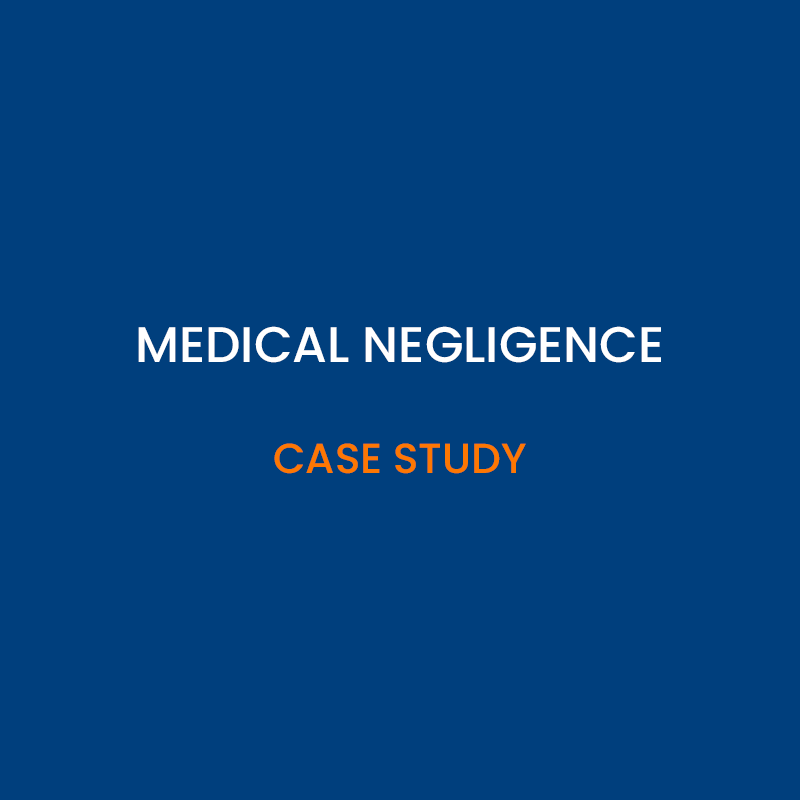In England alone, around 120,000 people per year develop sepsis. Out of those, about 30,000 die. These are serious numbers. In the last 5 years or so, Sepsis protocols have been developed to deal with this medical condition. The media has helped increase awareness, including awareness inside the medical profession.
Fatality and septic shock
Sepsis occurs when your body reacts to an infection (bacterial, fungal, or viral). The infection elicits the body’s natural response by releasing chemicals to kill the harmful bacteria or viruses. This is the way your body fights back, and in most cases you will get better.
However, with sepsis, the chemicals released trigger inflammatory responses in your body, which can impair or restrict blood flow to the key organs of the body. This can lead to organ failure.
In the worst cases, septic shock occurs. This is when your body’s natural response to infection loses control. Instead of attacking just the source of the infection, the body’s defence turns on itself. Having failed to close down the infection, the body attacks the very internal organs it needs to function. This is septic shock. If sepsis becomes septic shock, you are in trouble. Septic shock can be fatal.
Are there any signs of a septic shock?
The symptoms of septic shock include:
- High fever (38˚C +)
- Low body temperature
- High heart rate
- Rapid breathing
- Lower urine output
- Confusion
- Nausea and dizziness
- Breathing problems
Blood results will tend to show high CRP, high Neutrophil, and high WBC (these blood results enable measurement and change in the level of infection). Along with some, or all, of the symptoms above, this may be enough for a doctor to diagnose sepsis.
What happens when sepsis becomes septic shock?
When sepsis becomes septic shock, symptoms become more acute, but blood results can be odd. For instance, although septic shock is the extreme consequence of infection, Neutrophil and WBC count can crash downwards thereby suggesting improvement when, in reality, the low numbers are evidence of severe deterioration.
Doctors call the condition of the body when septic shock sets in, as SIRS – Systemic Inflammatory Response Syndrome. SIRS is often accompanied by multi-organ failure.
The consequences of septic shock can include:
- Peripheral shutdown
- Crash in temperature and blood pressure
- Reduced heart rate (or extremely high heart rate)
- Abnormal blood clotting and internal bleeding
- Kidney failure
- Respiratory failure
- Stroke
- Liver failure
What if you or someone you know suffered from septic shock?
As a law firm dealing with medical negligence, if the medics failed to identify and/or treat sepsis, or septic shock, at the earliest possible time, our recommendation is to ask for a full review of the case history, as there may have been negligence.
Sepsis, and septic shock, can lead to severe and lifelong health problems, or death. The NHS are better at diagnosing and treating sepsis and septic shock in 2020 than they were before sepsis became a news story. But mistakes happen. If the mistake was a failure to diagnose or treat sepsis or septic shock in a timely fashion, the consequences are unlikely to be minor.



